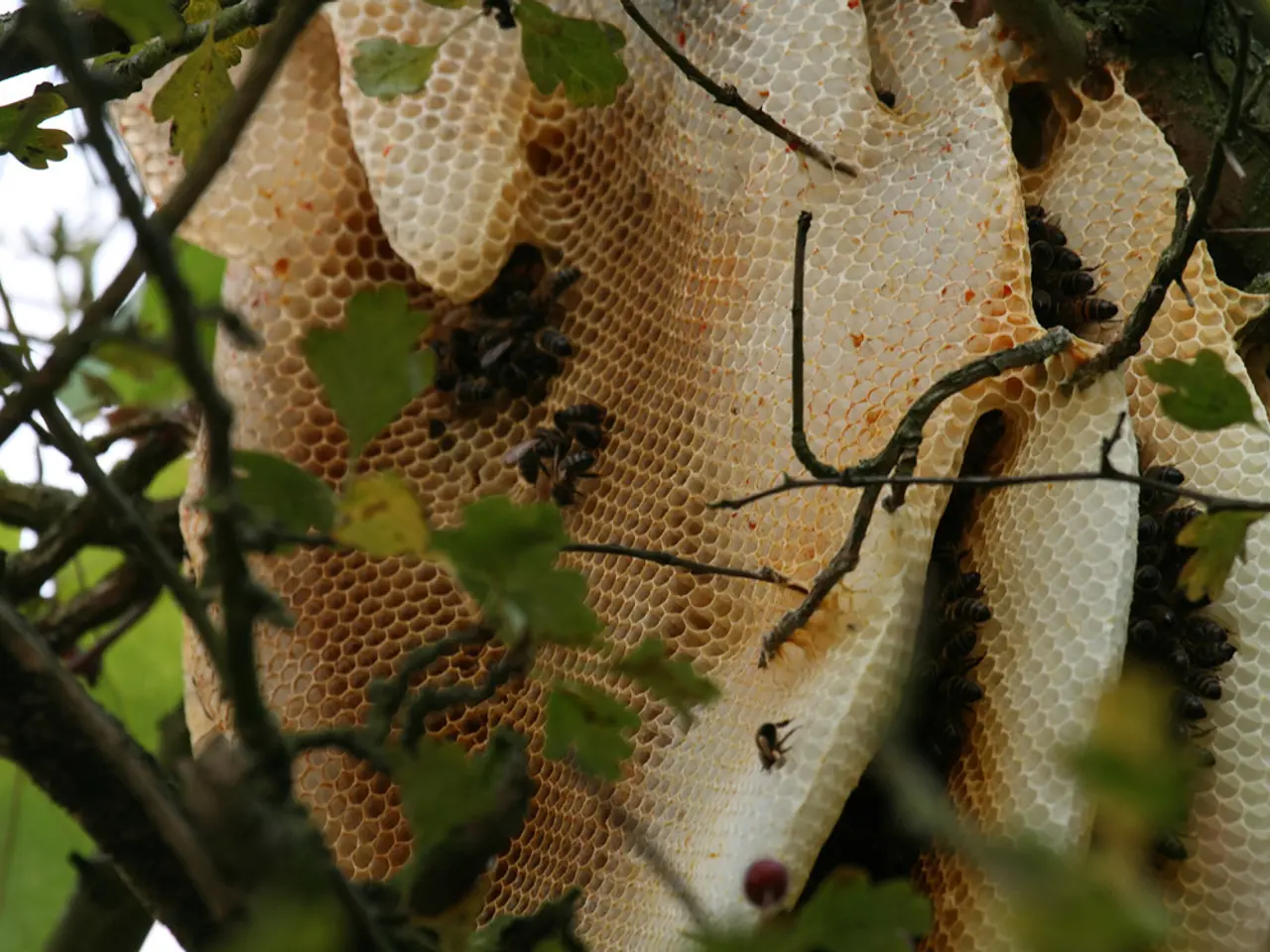Guide to Proper Honeysuckle Trimming - Comprehensive Technique Overview
Maintaining healthy and flourishing honeysuckle vines is a joy for garden enthusiasts, as these aromatic plants attract pollinators such as hummingbirds. To keep your honeysuckle vines in top shape, follow these expert guidelines for pruning.
The best time to prune honeysuckle is immediately after flowering, which for many varieties means late July or early summer. This allows the plant to set buds for the next flowering season.
For overgrown vines, start by removing dead, damaged, or unruly stems using sharp, clean pruning shears. Cut back old woody branches down to about 60 cm (2 feet) from the ground if necessary to control size and rejuvenate the plant. When cutting, make angled cuts away from the main stem to discourage water pooling and encourage quick healing.
To encourage new growth and blooms, prune back lateral shoots to within two or three buds from the main stems. This stimulates fresh growth and more flowers next season. Avoid overcrowding by thinning out dense growth, which also helps prevent fungal diseases such as powdery mildew and leaf blight.
Annual maintenance is key to a honeysuckle vine's health. Remove weak and diseased growth each year. Light pruning after flowering helps maintain shape and encourages vigorous blooming. For very old or neglected vines, a more severe renovation pruning can be done by cutting almost to the base (within 12 inches or ~30 cm), encouraging strong new shoots from the base.
After pruning, feed the plant with a balanced fertilizer to support healthy regrowth. Mulching with compost or bark will maintain soil moisture and provide nutrients for the roots.
It's important to note that pruning honeysuckle vines is necessary to prevent invasiveness. For honeysuckle bushes, pruning should be done between April and June.
When pruning, always use disinfected shears to prevent the spreading of disease or pests. Pruning should be done annually, but avoid severely pruning more than once every 2-3 winters to prevent killing the plant.
For late-blooming honeysuckle vines, pruning should be done sparingly in the spring. For early-blooming honeysuckle vines, pruning should be done after flowering. Overgrown honeysuckle that needs severe pruning should be cut back in the winter when the plant is dormant.
To rejuvenate overgrown and tangled honeysuckle, consider cutting the vines to within a foot (30 cm) of the soil, using sharp loppers and a hand saw. Removing branches from crowded areas can open the plant up to more light and air. Aggressive pruning in the winter can increase flowering in successive years but may not bloom that first year.
Lastly, remember that regular, annual pruning soon after flowering is essential for maintaining the health and beauty of your honeysuckle vines, cutting back old or overgrown wood to manageable size, and thinning out dense stems to maintain plant health and boost flowering for the following year.
Sign up for our newsletter to receive a free e-book titled "How to Grow Delicious Tomatoes" and stay updated on more gardening tips and tricks!
Pruning honeysuckle vines in the summer, after they've finished flowering, is vital for setting buds for the next season and maintaining their overall health. For home and garden enthusiasts, tending to honeysuckle in the home-and-garden category, one can find joy in gardening these aromatic plants, as they attract pollinators and contribute to a vibrant lifestyle with their blooms.



